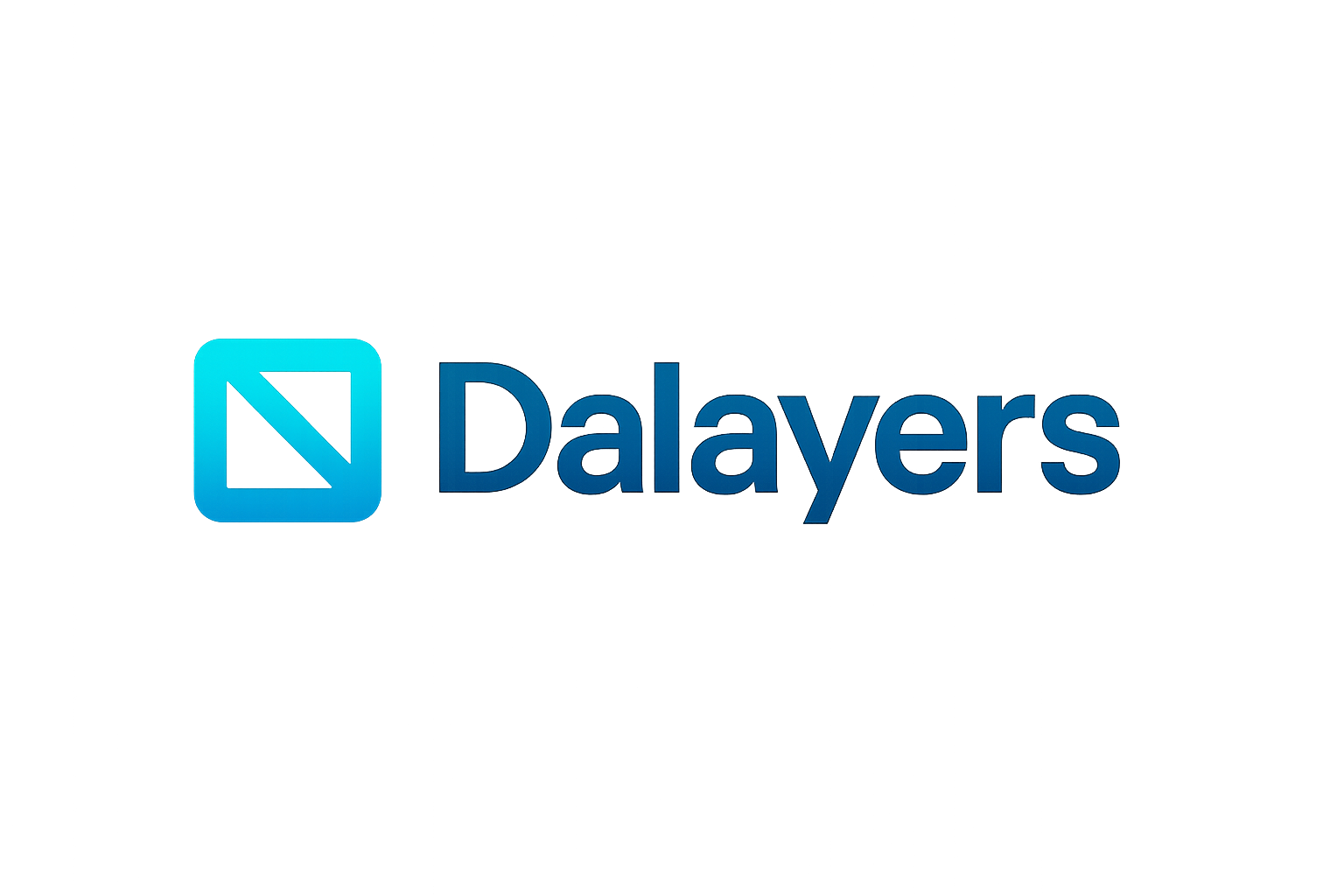
In the rapidly evolving landscape of modular blockchain architectures, understanding the distinction between data availability layers and data permanence is crucial. As new protocols like Celestia, EigenDA, Avail, and Irys redefine how data is stored and accessed on-chain, the nuances between short-term accessibility and long-term immutability are shaping both developer strategy and end-user trust.
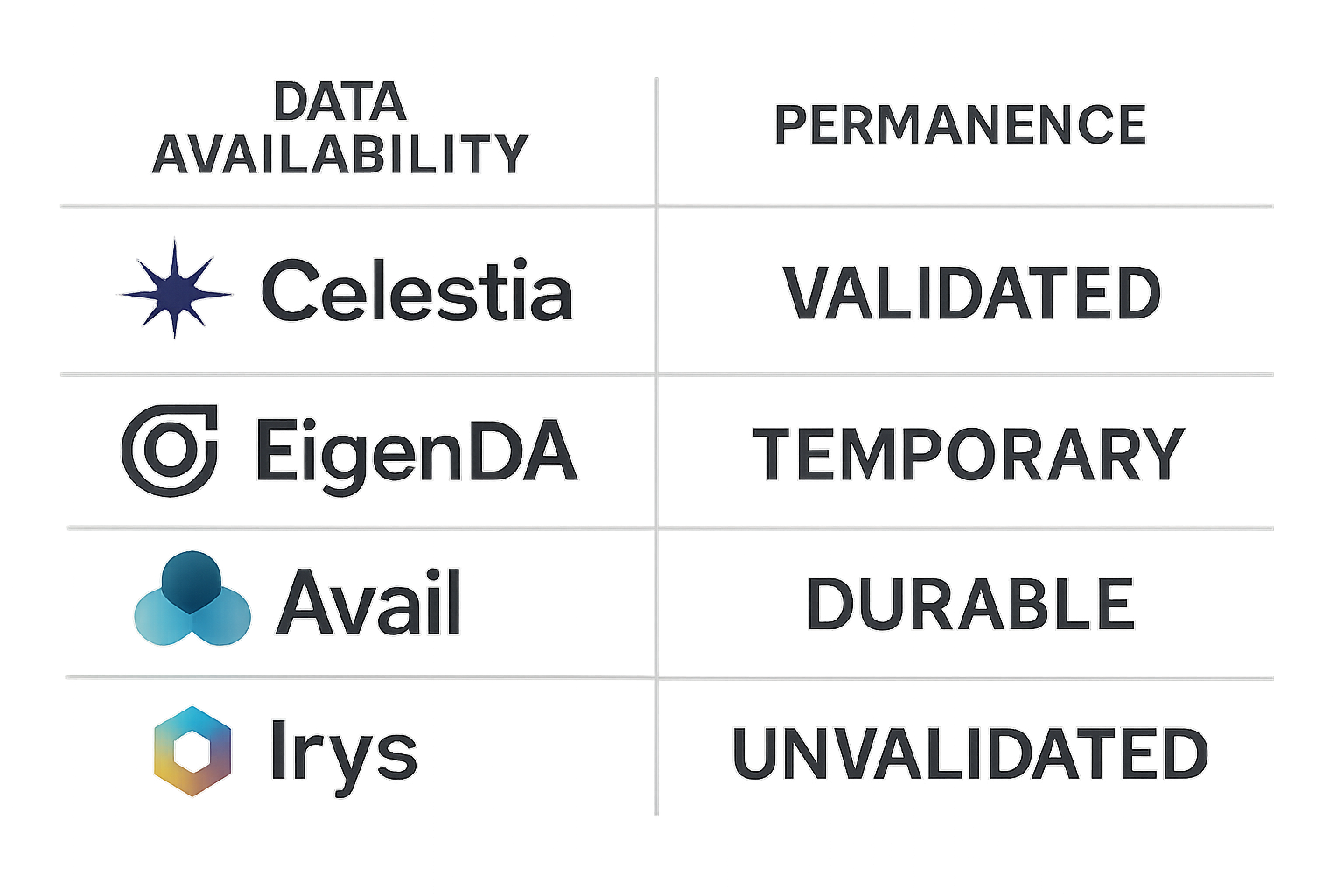
What Is a Data Availability Layer?
A data availability layer is a specialized component in a modular blockchain stack that ensures transaction data is accessible to all network participants for verification. Rather than combining execution, consensus, and storage into a single monolithic chain, modular blockchains decouple these functions for greater scalability and efficiency. The DA layer’s main role is to store transaction data off-chain or alongside execution layers so that anyone can retrieve and validate it during a defined window.
This architecture is especially vital for rollups and validiums, which outsource their execution but depend on external DA layers for posting state updates. Projects like Celestia have pioneered innovations such as Data Availability Sampling (DAS), allowing light nodes to verify large blocks without downloading all the data. Namespaced Merkle Trees (NMTs) further enhance this by enabling granular proofs about specific segments of data.
The Role of Data Permanence in Blockchain Stacks
Data permanence, by contrast, addresses whether blockchain records remain immutable and accessible indefinitely. Once transaction data has fulfilled its role in consensus or verification via the DA layer, its long-term preservation becomes paramount for auditability, regulatory compliance, and historical integrity. Solutions like Irys focus explicitly on this challenge by offering permanent storage guarantees – essentially acting as a “long-term memory” complementing the “short-term memory” of DA layers.
The distinction matters: while DA layers guarantee that anyone can access recent transaction data within a given timeframe (critical for censorship resistance and security), only permanent storage solutions can ensure that data remains available years or decades later. This separation enables modular blockchains to achieve both rapid throughput and robust archival capabilities without sacrificing decentralization.
Comparing Leading DA Layers vs. Irys (Permanence)
-
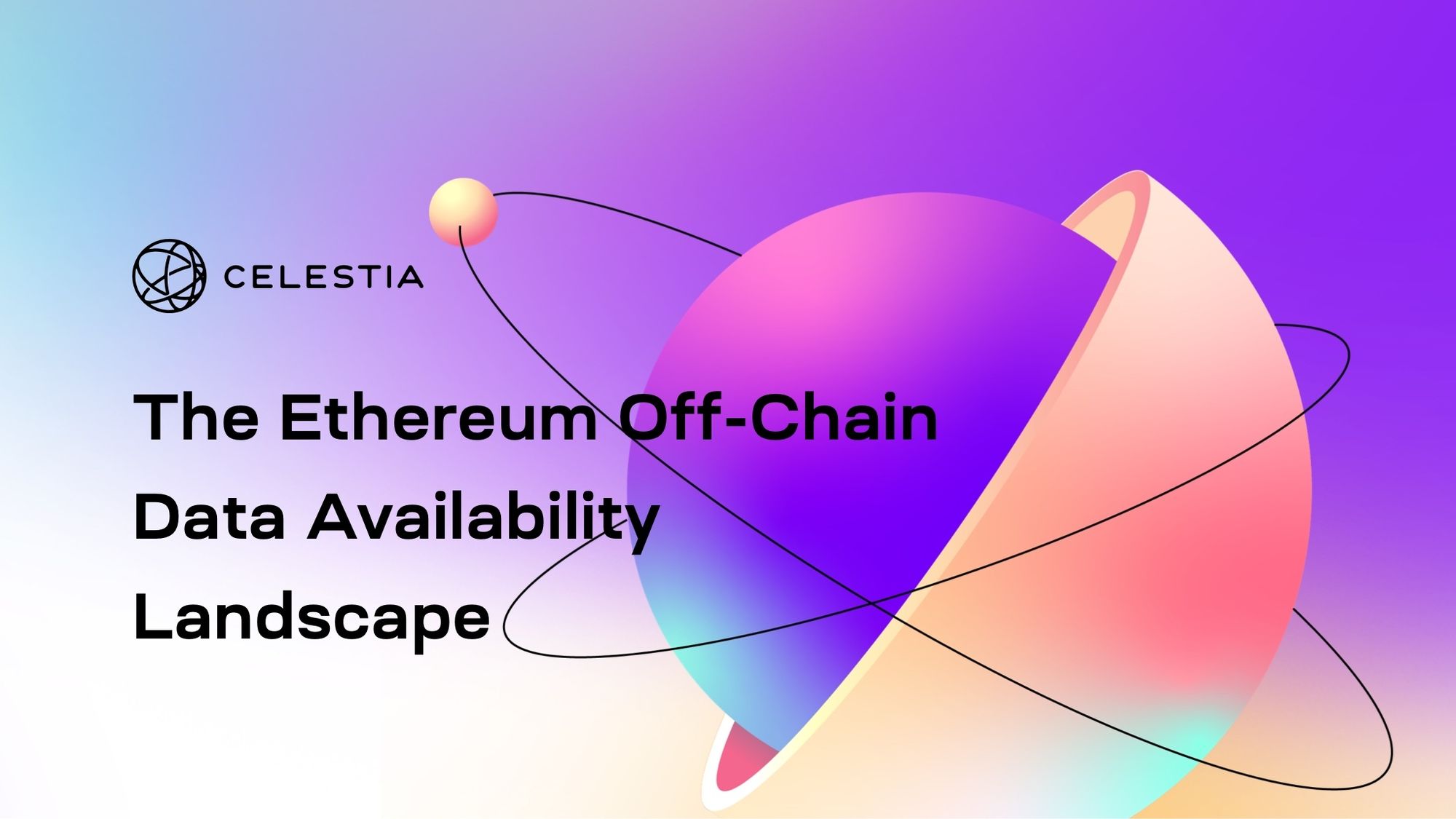
Celestia: A modular blockchain focused solely on data availability. Utilizes Data Availability Sampling (DAS) and Namespaced Merkle Trees (NMTs) to ensure data is accessible and verifiable by light nodes, but does not guarantee long-term permanence.
-
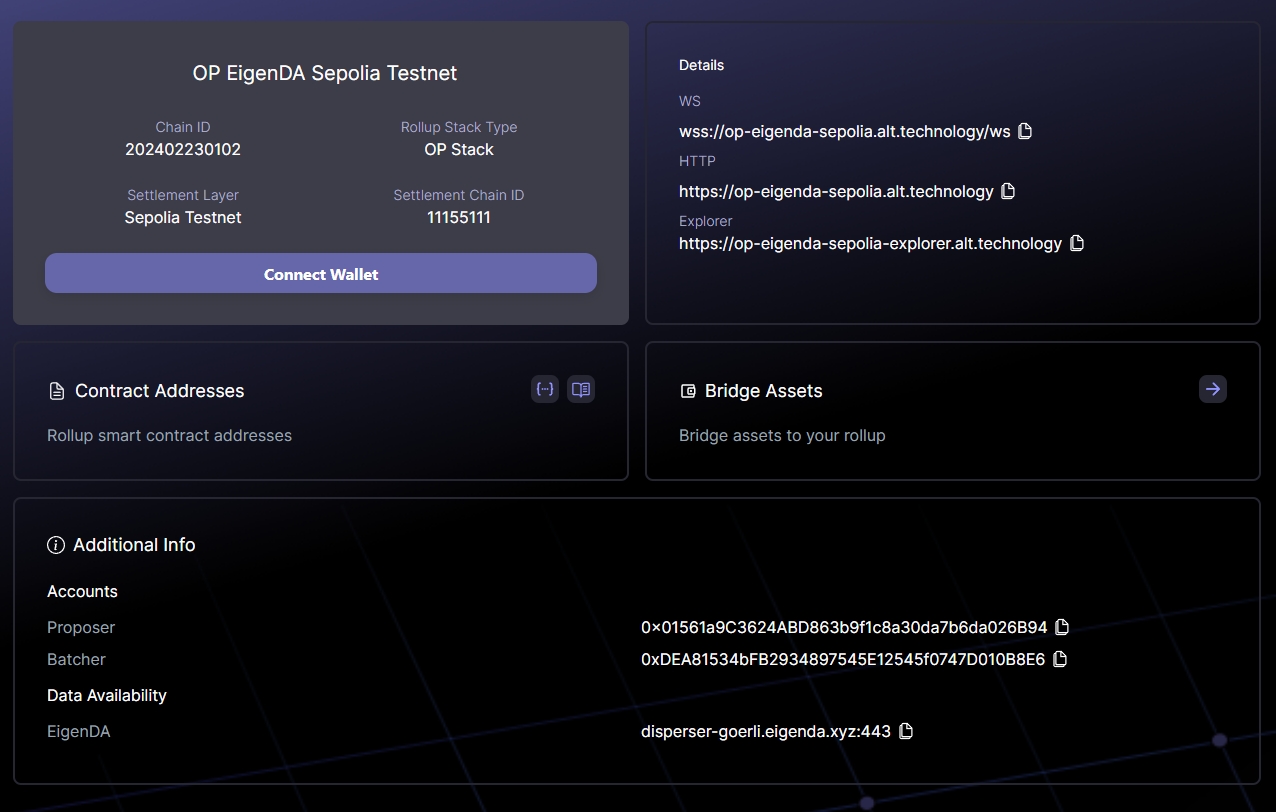
EigenDA: A decentralized data availability layer designed for Ethereum rollups. Prioritizes high throughput and scalable short-term data accessibility, supporting rollup execution but not permanent storage.
-

Avail: Provides a scalable data availability layer for modular blockchains. Focuses on ensuring that transaction data is accessible and verifiable during consensus, with no built-in data permanence mechanisms.
-

Irys: Specializes in data permanence by offering permanent and immutable storage for blockchain data. Unlike DA layers, Irys ensures that once data is recorded, it remains unchanged and accessible indefinitely, making it ideal for archival and compliance needs.
Current Market Landscape: Celestia vs EigenDA vs Irys
The competition among leading modular blockchain solutions highlights the growing sophistication of both DA layers and permanence protocols:
- Celestia: Focuses exclusively on scalable data availability using DAS for lightweight verification. It does not provide built-in permanence guarantees beyond its own chain’s retention policies.
- EigenDA: Offers customizable throughput for rollups with strong guarantees around short-term accessibility but leaves long-term storage up to external solutions.
- Irys: Positions itself as a permanent storage layer – once data is posted here, it is designed to remain immutable forever.
- Avail: Similar to Celestia in its focus on scalable DA but with different technical tradeoffs around consensus integration.
This ecosystem diversity allows developers to compose blockchain stacks tailored precisely to their application’s needs – optimizing for speed where possible while still preserving critical records permanently when required. For an in-depth technical breakdown of these solutions’ approaches to DA sampling and storage efficiency, see resources like those from Medium’s 0xemre or Mitosis University.
Why This Distinction Matters Now More Than Ever
The split between data availability and permanence isn’t just academic; it underpins everything from DeFi protocol security audits to NFT provenance. As more value migrates onto rollups and L2s reliant on modular stacks, understanding these differences will be essential for choosing the right infrastructure partners – whether you’re building high-frequency trading platforms or archiving digital art collections forever.
With the rapid emergence of modular blockchain data layers, the distinction between data availability and data permanence is shaping the next generation of decentralized infrastructure. Developers, founders, and even end users must now navigate a spectrum of solutions, each optimized for specific tradeoffs in scalability, security, and long-term trust.
Designing Modular Stacks: Choosing the Right Layer for Your Needs
When architecting a modular blockchain stack, it’s critical to match your application’s requirements to the right combination of data layers. For example, if your project is a high-throughput DeFi protocol or a rollup, the speed and accessibility of Celestia or EigenDA’s DA layers might be paramount. These solutions provide the “short-term memory” necessary for rapid validation and censorship resistance, but they are not designed for indefinite record-keeping.
Conversely, if your application requires immutable, auditable storage, think legal documents, provenance records for NFTs, or compliance-sensitive data, integrating a permanence solution like Irys is essential. Irys ensures that once data is posted, it is preserved for the long haul, immune to pruning or accidental loss. This dual-layer approach is already being adopted by leading L2s and dApps seeking both agility and archival strength.
Key Differences: Modular DA Layers vs. Permanence Solutions
-
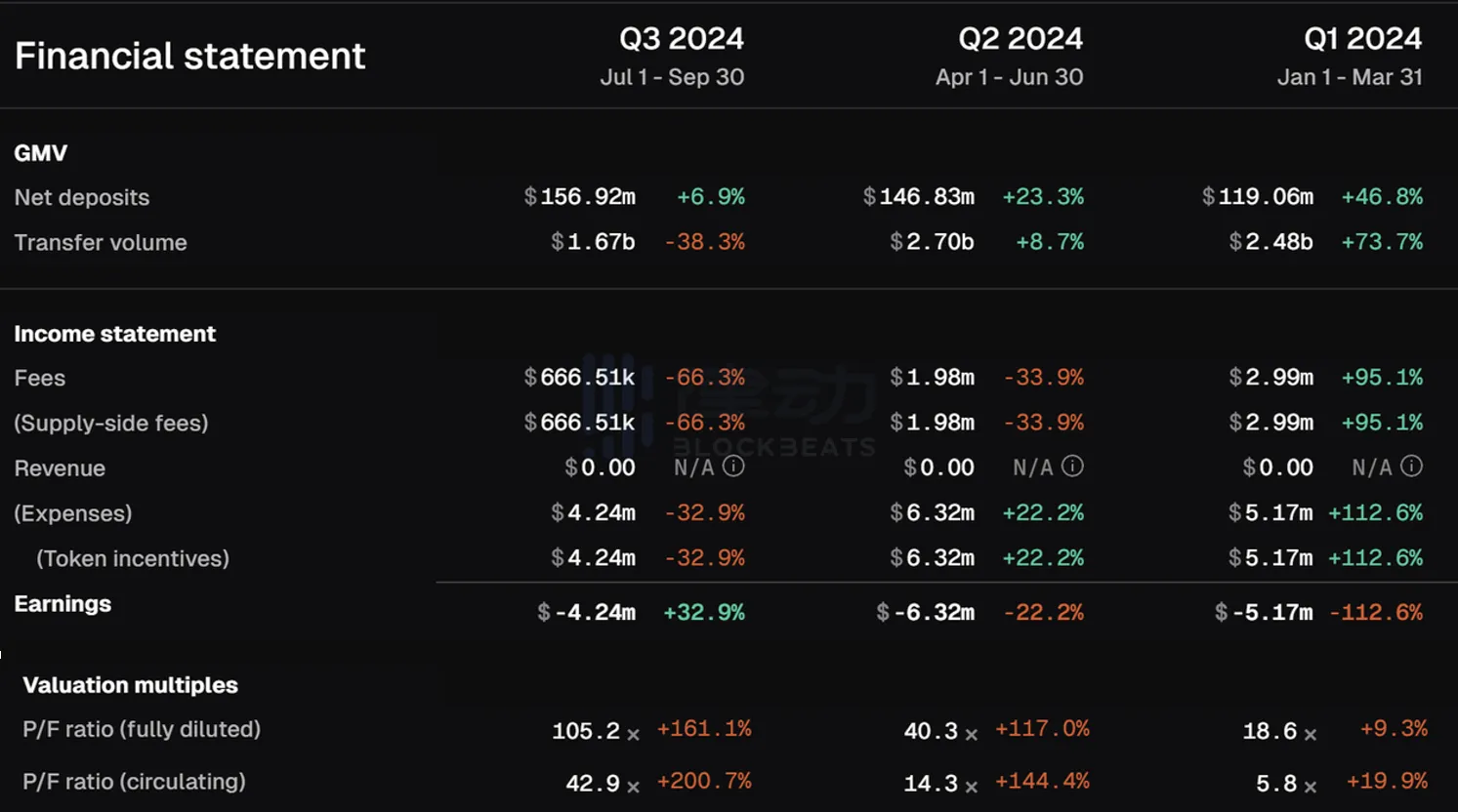
Purpose: Modular DA layers like Celestia, EigenDA, and Avail focus on ensuring short-term accessibility and verifiability of transaction data for rollups and modular blockchains. In contrast, permanence-focused solutions like Irys are designed for long-term, immutable storage of blockchain data.
-
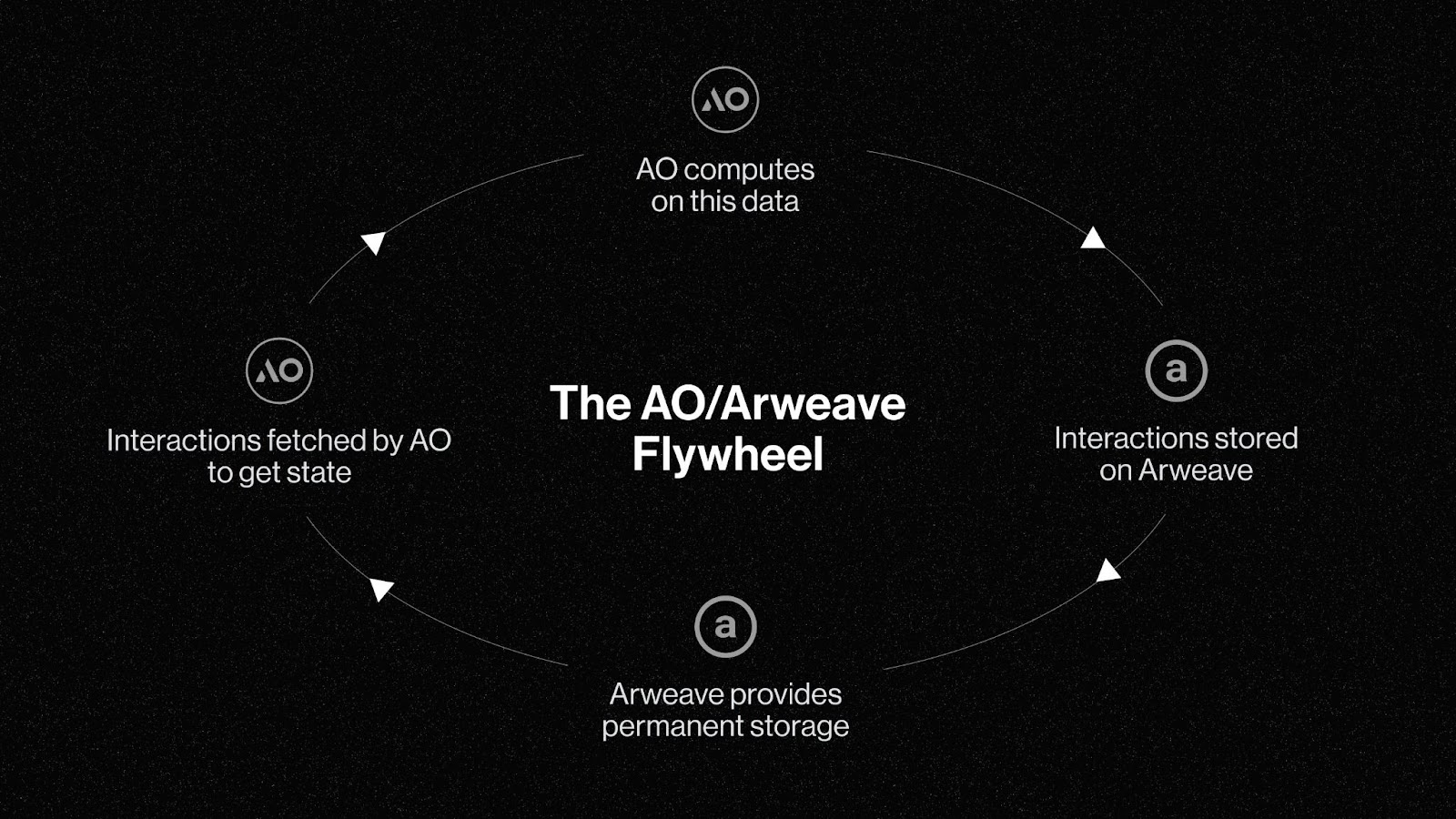
Data Retention: DA layers typically store data for a limited period, sufficient for validation and consensus, after which data may be pruned. Irys and similar permanence solutions guarantee permanent, tamper-proof storage of data, preserving blockchain history indefinitely.
-

Core Technology: Celestia uses Data Availability Sampling (DAS) and Namespaced Merkle Trees (NMTs) to efficiently verify data availability. EigenDA and Avail employ their own cryptographic and consensus mechanisms for scalable DA. Irys leverages decentralized storage networks to ensure data cannot be altered or deleted.
-
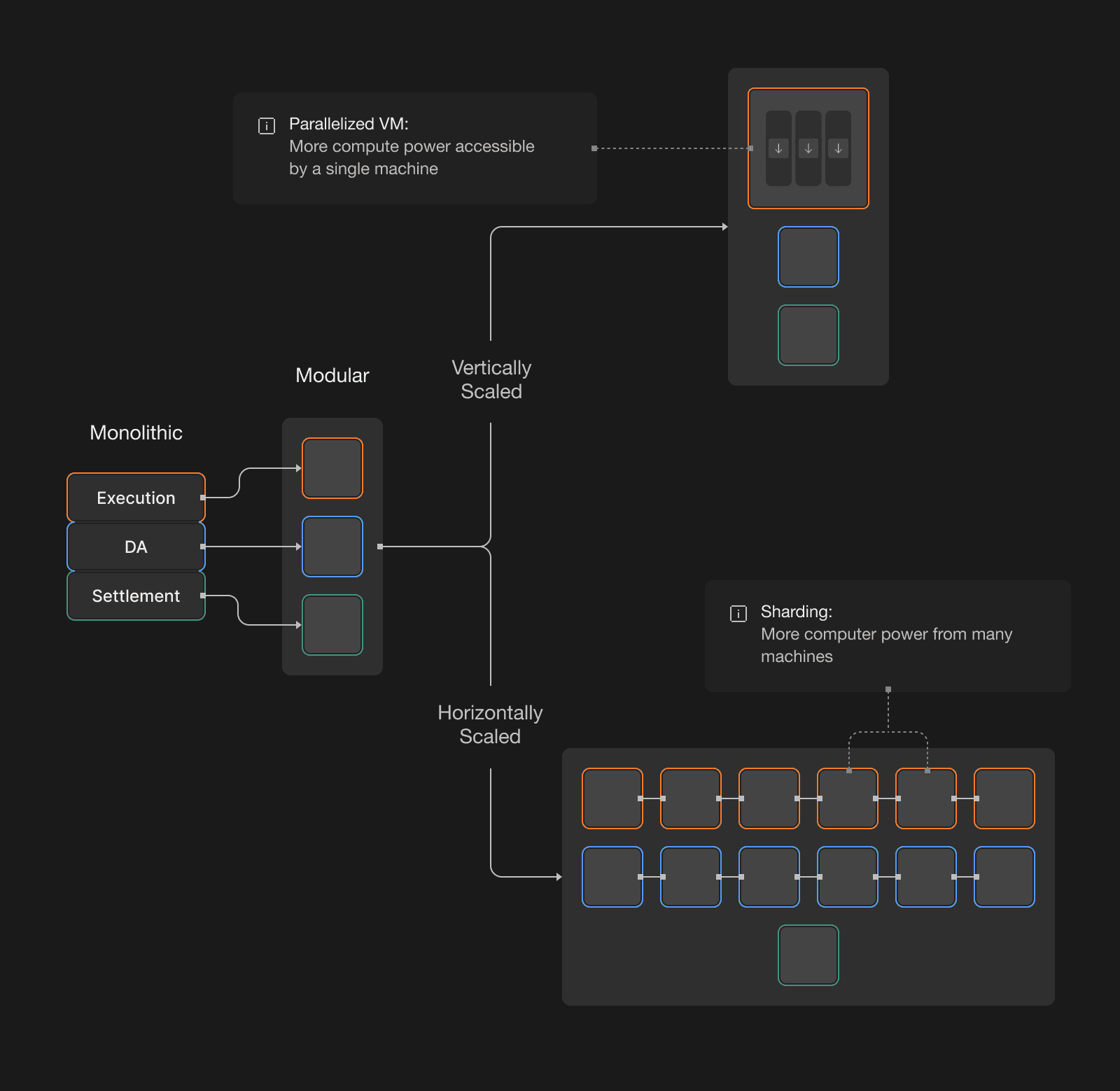
Role in Modular Stacks: DA layers act as the short-term memory of modular blockchains, enabling fast verification and consensus. Permanence solutions like Irys serve as the long-term archive, safeguarding data integrity for future audits and historical reference.
-
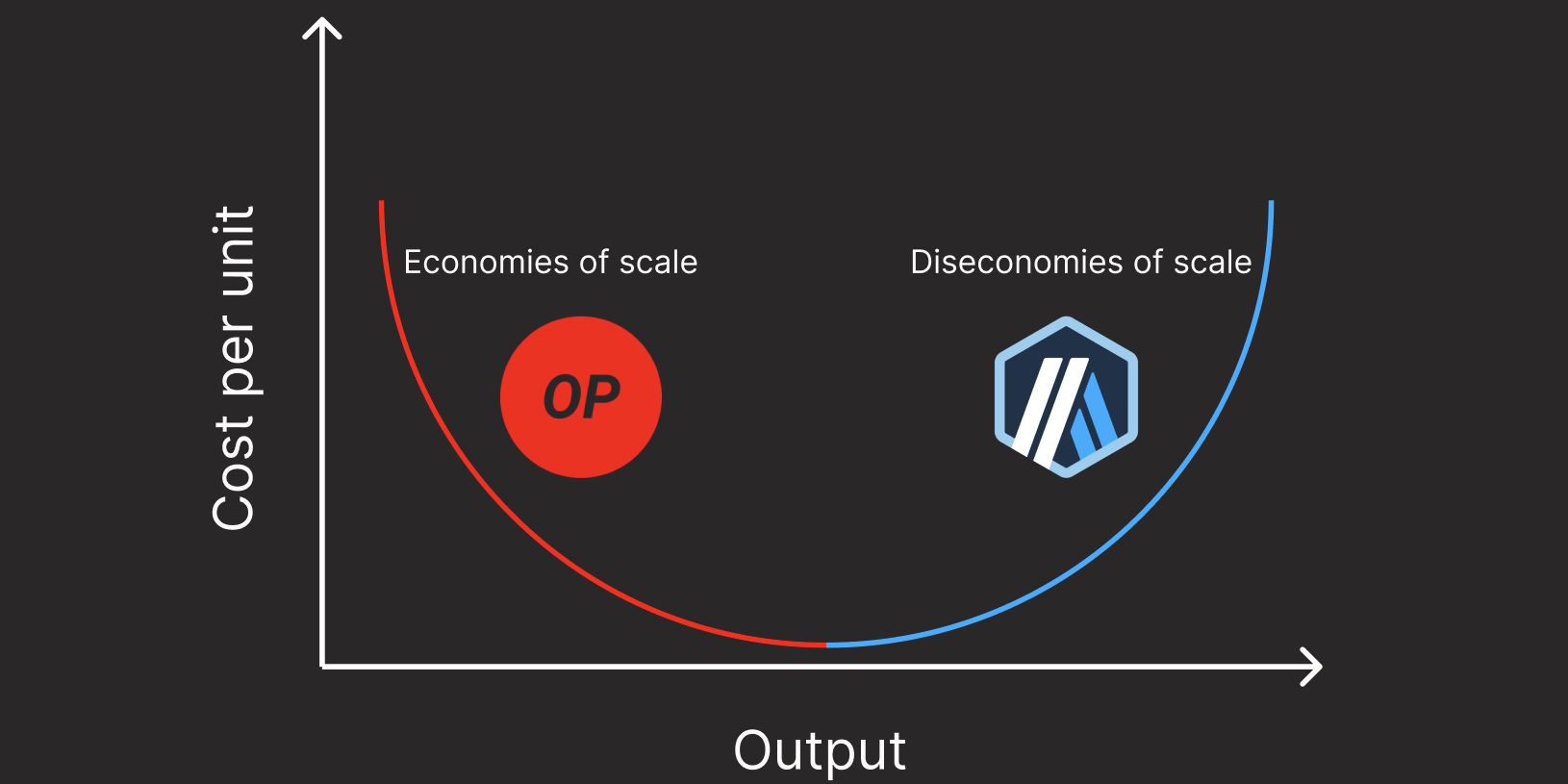
Use Cases: Celestia, EigenDA, and Avail are ideal for rollups and L2s that need efficient, scalable data availability. Irys is suited for applications requiring permanent, censorship-resistant storage, such as archiving critical records or legal documents on-chain.
Ecosystem Trends and Developer Implications
Major DA providers are not standing still. Celestia continues to refine its Data Availability Sampling for more efficient light node operation. EigenDA is experimenting with flexible throughput models to serve a broader range of rollup architectures. Meanwhile, Irys and similar projects are innovating on cryptographic proofs to guarantee that what goes in stays in, forever.
This modularity gives rise to an ecosystem where applications can compose best-in-class solutions from multiple providers. For example, a rollup might publish state updates to Celestia for immediate verification while archiving critical checkpoints on Irys for regulatory auditability. The result: robust security without sacrificing user experience or decentralization.
What Should Builders Watch For?
- Retention Policies: Not all DA layers guarantee the same window of data retention. Understand the default policies before committing mission-critical information.
- Cost Models: Permanent storage typically incurs higher upfront costs but can reduce long-term risks. Evaluate total cost of ownership based on your data’s lifecycle needs.
- Interoperability: Ensure your stack can bridge between DA and permanence layers as needed, especially if you anticipate future migrations or audits.
The bottom line? Data availability vs data permanence is not an either-or decision but a continuum that every modular blockchain project must navigate thoughtfully. As the market matures, expect further innovation at this intersection, and increased scrutiny from both users and regulators demanding transparency about where their data truly lives.
